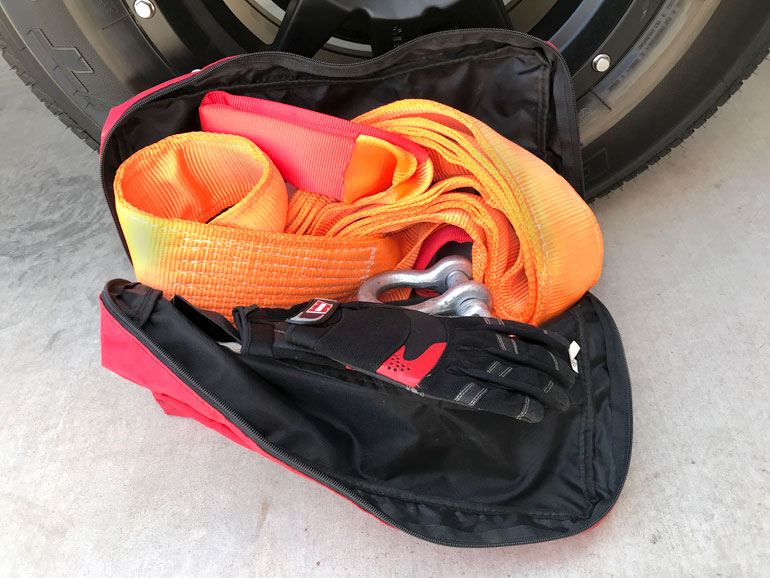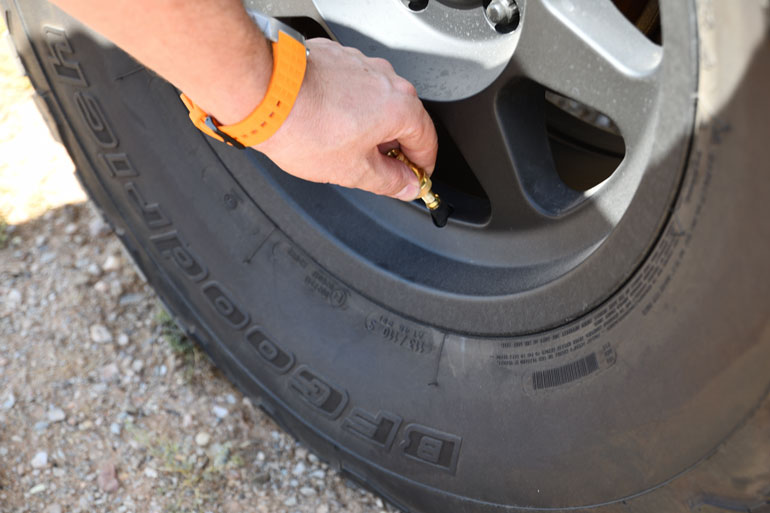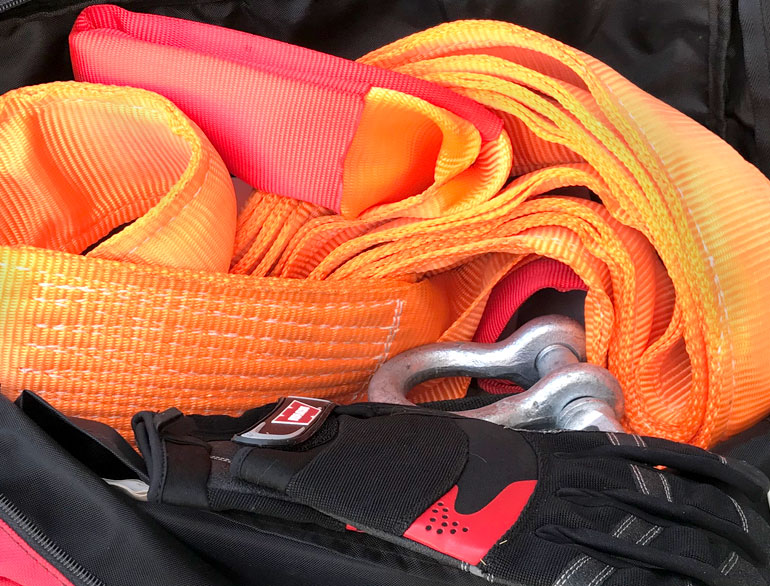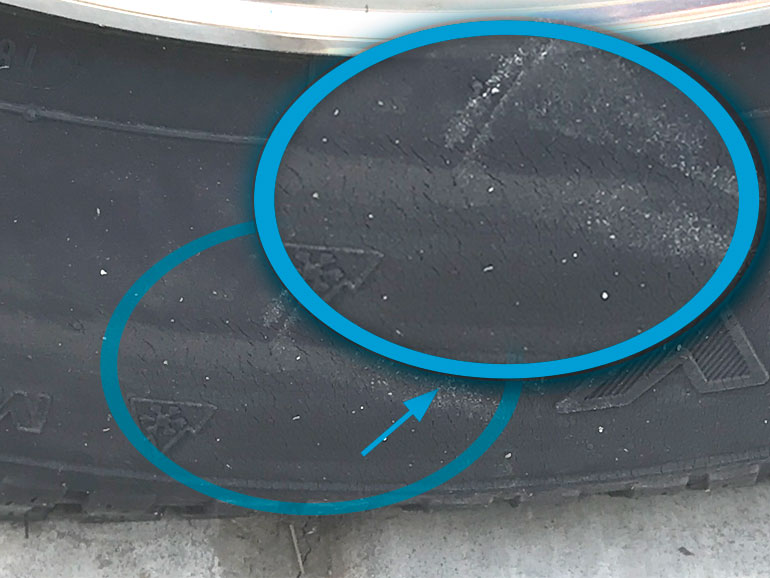


Tire Maintenance Checklist: Staying Safe on the Road
How do you know if your tires are safe? Use our Tire Maintenance Checklist:
Whether you are venturing offroad or cruising down the highway, you want to make sure your tires are up to par. By following this simple Tire Maintenance Checklist you can feel secure knowing you your rig and your traveling companions will arrive safely at your destination.
In order to get the most value out of your tires, you will want to go over this Tire Maintenence Checklist monthly:
1. Check Tire Pressure
By maintaining the correct tire pressure, you can maximize the tire’s life on your vehicle. Underinflated tires can cause flexing and cracking in the tires walls. Keeping the recommended tire pressure in your tires will also increase your fuel efficiency. Low tires will make your engine work harder than it has to and cause you to use more fuel.
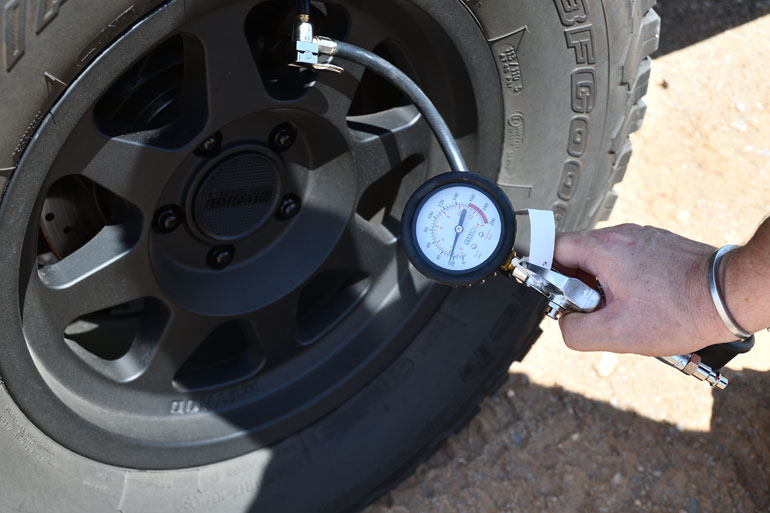


To find the correct tire pressure for your vehicle, look for the sticker on the door jam. It is best to check the pressure when the vehicle is cold, however, if you live in Arizona that can be difficult in the summer, so just remember to check it more often. The high heat can cause pressure changes in your tires.
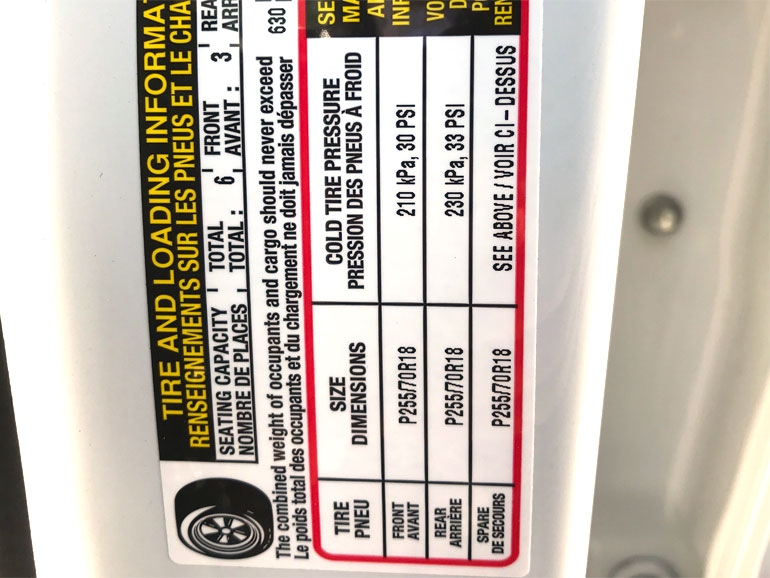


2. Check the Tires Side Walls For Cracking
Make sure to inspect each tire for cracking, dry patches, or bulging. Cracking can cause a decrease in the structural integrity of the tires and should be replaced. Hitting curbs and sharp objects can cause punctures and cuts in your tires which can quickly cause a flat tire.



3. Check the Tread Depth
The best way to check the tread depth is to use a penny. Hold it between your index finger and thumb, and slide it into the grooves of the tire tread with Lincolns head facing down. If your tread is even with or lower than the top of his head (his whole head is visible through the tread), it is time to replace your tires. This means you may only have 2/32″ or less of tread left, you should aim to stay above 4/32″ of the tread. Most new tires start off with 10/32″ to 11/32″ of tread depth.
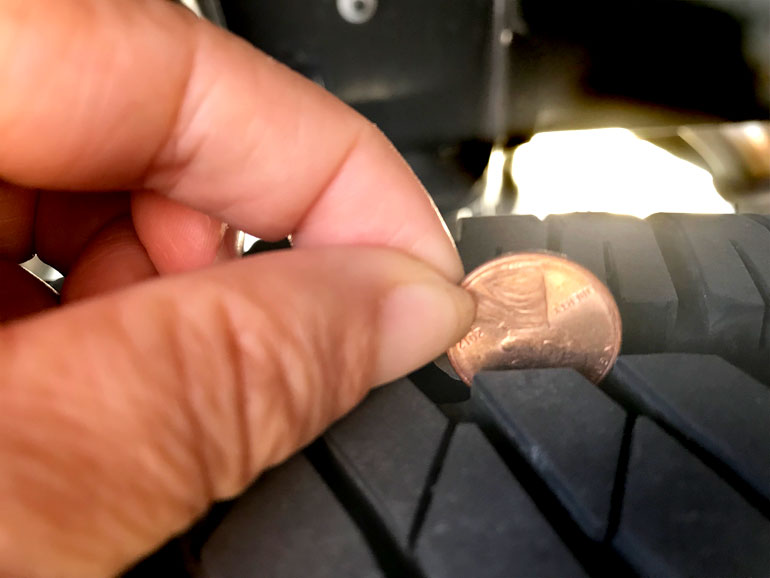


Some tires also come equipped with wear bars. As your tire wears down, these bars will become visible. When your tread height is even with these bars, that indicates you have 2/32″ of tread left and your tires should be replaced.
Just because the legal limit for tread wear in most states is 2/32″, does not guarantee that your tires are safe for certain weather conditions. As your tread wears down, the possibility of hydroplaning, skidding on ice, or sinking in mud will increase.
4. Check the Tires Date
Every tire has a manufacture date stamped on the sidewall. It is usually a 4 digit code with the first 2 numbers being the week of manufacture, and the last 2 the year. For example: 1219 = 12th week of 2019.
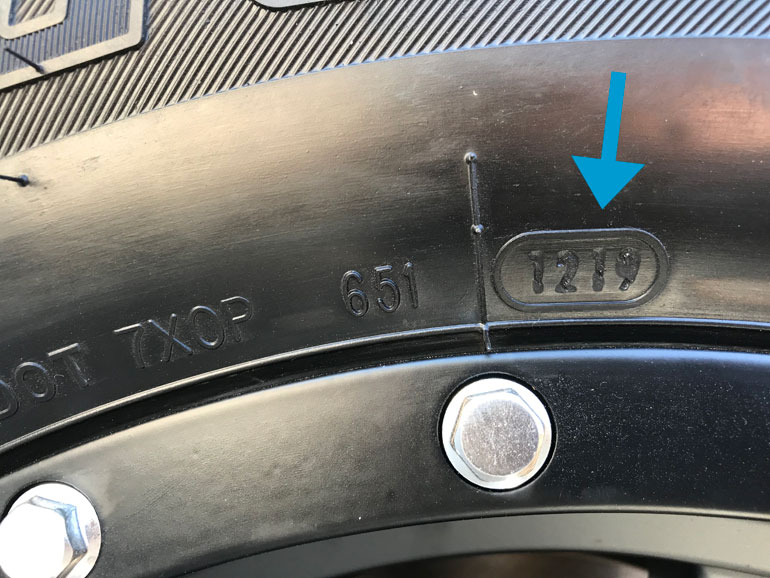


Even if you have done steps 1-3 above and everything looks fine, it is still recommended to replace your tires every 6-10 years max. Tires can dry rot and start cracking or blow out on you as they age.
For a Free Printable Tire Maintenance Checklist Guide – The “Be Tire Smart” program is supported by AAA., Click on the button below:
Related Articles:
Read more about our recommended Tire Pressures for offroading – Should you Air Down for Offroad Trails!
- OPENROAD Winches: Highest quality, priced for everyone.
- Rugged Ridge Eclipse Mesh Sun Shade Install
- Exploring Shoofly Village Ruins & Wagon Wheel- Payson, Arizona
- $12-$20 DIY Jeep Tailgate Table Build
- Nextbase Dash Cam Comparison & Review
